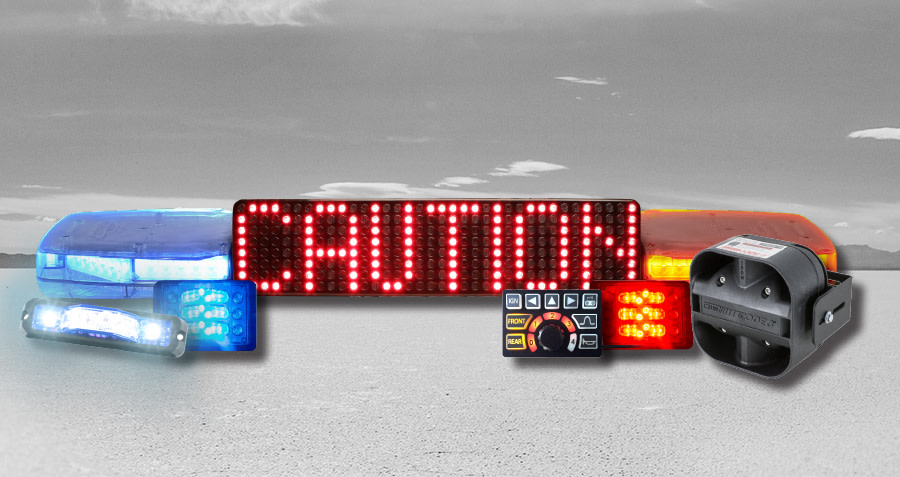
There’s no denying the thrill of seeing and hearing a fire engine with full lights and sirens going. It’s awe-inspiring. The wail of an ambulance can be warning of bad times, and people dread seeing police lights in their review mirror.
But how did these lights and sirens come about?
Long before cars were common, fire trucks were water pumps on carts, pulled by horses. Police rode on horses, in wagons or walked. But as motorised transportation grew, emergency vehicles and ways of announcing their arrival evolved.
Before the advent of fire sirens, firefighters depended on the trusty Dalmatian to warn others of the emergency. The famous spotted dogs notoriously loud barks, so they could run into the street ahead of the fire team, clearing away traffic. A bell mounted on the water pump assembly helped as well.
Police, on the other hand, mostly relied on whistles. The obvious problems with this method is they were audible warnings only. Then, someone got the idea of using extra lights. In the early days, emergency lights were single beacons, usually made from spare taillights. This helped keep costs down, luckily concerns about the aerodynamics weren’t as high. As vehicles became faster, it was necessary for lightbars to be developed. Lightbars produce additional light so emergency vehicles stand out better and offer less wind resistance for improved fuel economy.
Sirens have come a long way as well. Originally invented in Scotland back in the 1700s, at first the design was large and cumbersome. As an alternative, in the early days of fire engines, a whistle was attached to the exhaust pipe. That was a short-lived solution, because the shrill sound was overwhelmingly unpleasant.
Over time, sirens became smaller and more efficient. In the 1960s electronic sirens were developed, making them louder and more effective. The new sirens allowed for creating distinct sound for police, fire trucks and ambulances, so bystanders can hear which kind of vehicle is approaching.
As for light colours, there’s some controversy about the origins. Police cars used to only have red lights partly because they were repurposed taillights, and partly because the colour red tells driver to stop. Some claim blue was added in the 1960s to match emergency lights used in Europe. Others say is was to address colour blindness, so everyone could see at least of the two colours.
While safety lights and sirens were developed in a hit-and-miss, almost random fashion, today they’re quite different. All must meet stringent standards like SAE J845 for optical warning devices and J595 for directional flashing optical warning devices and J595 for directional flashing optical warning devices, J1849 siren output standards, or KKK-A-1822 federal specifications for ambulances, and even California Title 13 Article 22 for warning lamps and CA Title 13 Article 8 for sirens.
If all that seems overwhelming to manage, the good news is companies such as Code 3 have teams of professionals who take care of that for you. They ensure all lights and sirens meet or exceed local standards and are designed to work in your environment. Their products range from lightbars to beacons, exteriors speakers to back-up alarms, and everything else necessary for public safety vehicles.
So, considering how much public safety lights and sirens have come in the past 100 years, it’s a safe bet that in another 100 they will be considerably different. Technologies continue to evolve and grow as the industry looks to provide completely integrated systems like Code 3 DNA, which connects sirens, lightbars and directional lights together for seamless flash patterns and customisation.
Blog